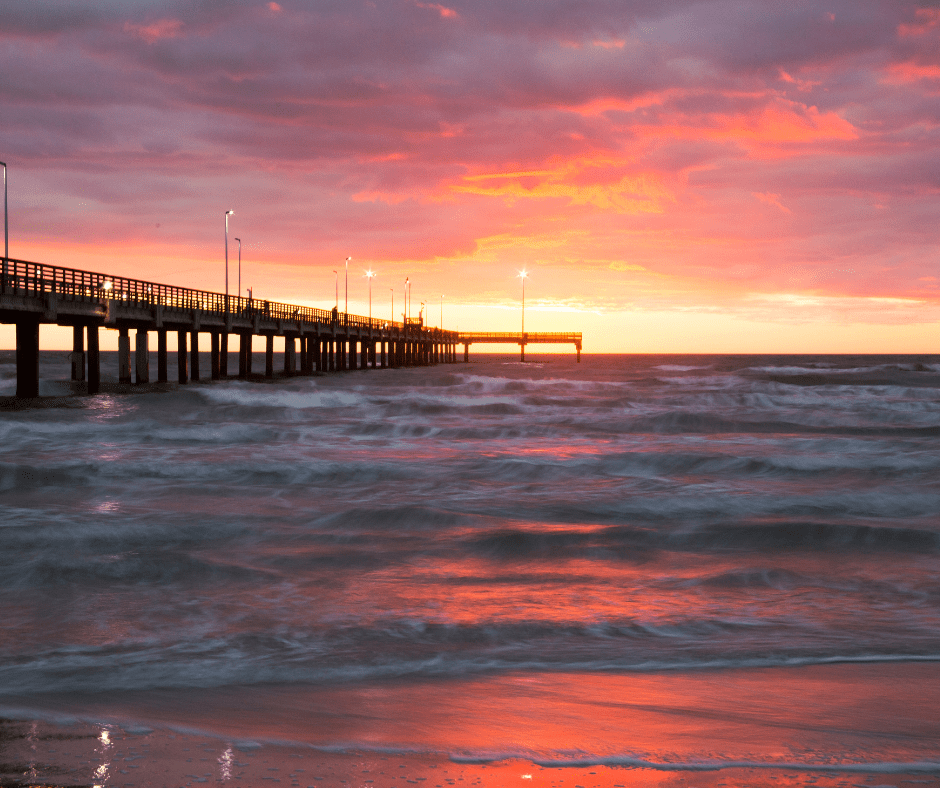
My friend Rose lived in landlocked Nebraska, but every six months or so, when the responsibilities of work and family would get to her, she’d head for the beach near Corpus Christi. When I was no longer a neighbor and had moved to Fort Worth Texas, she’s drive the 11 hours to my house, pick me up, (not taking no for an answer,) and we’d continue the additional 8-hour drive to Padre Island together. “Bring it with you,” Rose would say when I mentioned whatever I was working on at the time. So, we coded the research results from my dissertation sitting on the beach. We worked out the details of her divorce settlement on the beach. And sixteen years later, at her request, I brought some of her ashes to distribute among the sand and surf. The place had become such a home for her that at the edge of where the gentle waves melted onto the sand, two blue herons stood in silent attention as her daughter, and I performed our ceremony.
Not everybody likes the beach. It can be hot and crowded, especially in the summer, and a visit there means sand will become a constant companion of your body parts and a part of your shoes, automobile, and other belongings. But here’s why you should, not become a beach bum, but visit a beach on a regular basis as a part of your selfcare, and your education on the art of grieving.
Environments change our brains. Some hard to grasp concepts can become understood and embodied on a beach–nature’s biggest, broadest playground. Take a child with you to learn about vastness, limitations, and grieving losses.
- Watch the child dig a hole, fill their bucket with sea water, carry it to the hole and dump it in.
- Keep track of the way the sand absorbs the water, and marvel at how long the child can keep this activity going, how many trips they can make that result in this same outcome.
- Don’t be surprised if, when you interrupt this project and remove the child from the beach, they will sob as though their heart is broken. When he was six years old, my now grown grandson Ethan, told me why he cried when saying goodbye to the beach. He was afraid he would never get to come back.
The beach is the place to grasp another essential concept, impermanence. It’s the notion that continuous change is the only thing in life we can count on. Again, a young person or two can be most helpful as your task becomes building a sandcastle. Packing sand into cans and hollow containers you can create bricks for your structure, or use the drip method, a’ la Barcelona artist Gaudi, where a more liquid mixture of sand drips onto itself and then hardens. Minutes or hours later, depending on where you located your structure from the place of the rising tide–watch the sea come for it.
There was a year when Rose and I found a tiny waterfront condo going back to the bank in a real estate downturn, and I bought it. After that we had a place to say but also a continual worry with every storm that was forecast that a hurricane would take it out. After years of anxious hours glued to television weather maps, whenever a major storm was predicted, I finally got it. We had borrowed that spot of land from the sea, and, given its location so close to the water, the sea will most likely come to collect it. Many years later, due to rising sea levels from global warming, coastal communities most everywhere now understand this reality.

